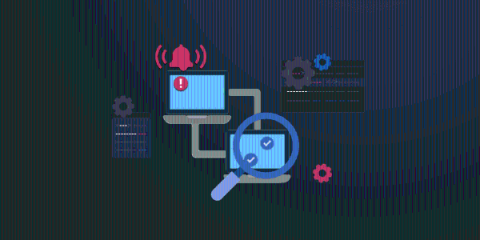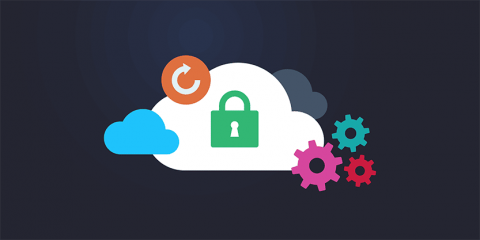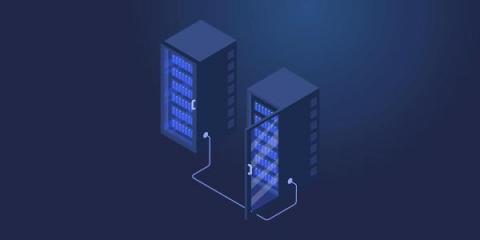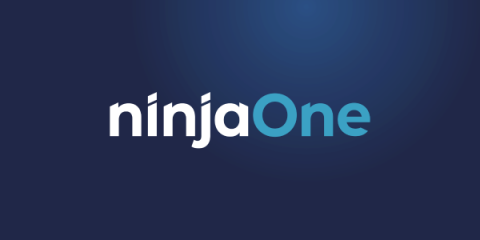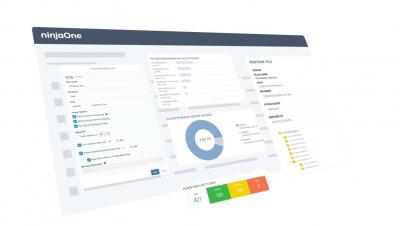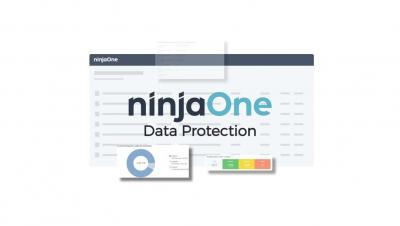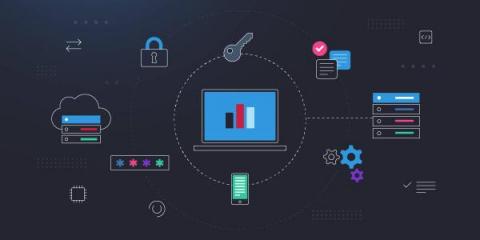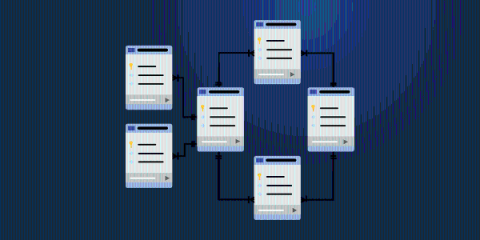How to Design a Network: 6 Best Practices for Success
A network provides a way for many computers to all be connected and exchange data with each other simultaneously. It allows members of organizations to quickly complete tasks, share information, and carry out any computing responsibilities that rely on a working network. It’s important for each organization to ensure that their network design is suitable for their needs.


